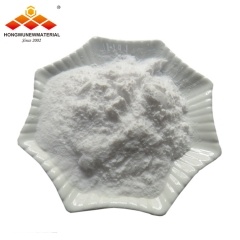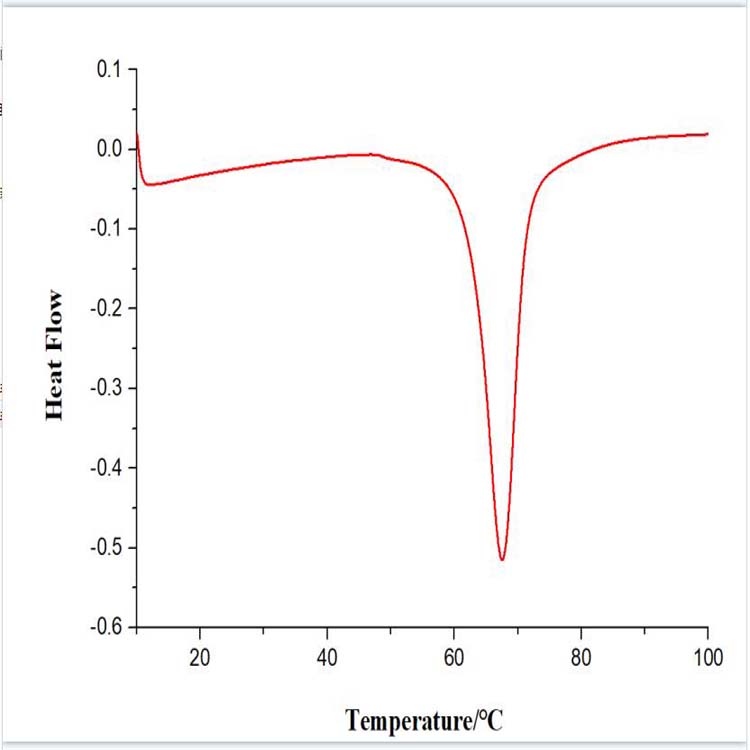According to the trend of "multi-fiber addition, multi-nanoparticles compounding, multi-functional compounding" of nanomaterials in the textile industry, after combining nanomaterials with traditional coatings, the performance of coatings can be significantly improved by utilizing the excellent properties of nanomaterials themselves , developed various types of functional textiles.
1. Antibacterial
The most widely used inorganic antibacterial agents currently include nano-silver, nano-copper, anatase nano-TIO2, nano-ZNO, nano-CUO, nano-CU2O, and so on. Antibacterial textiles are obtained by applying antibacterial coatings made of antibacterial agents to fabrics.
2. UV resistant
The ultraviolet rays that are harmful to the human body by solar energy are mainly in the 200~400nm band. Nano TiO2, nano ZnO, nano SiO2, nano Al2O3, nano Fe2O3 and nano mica all have the characteristics of absorbing ultraviolet rays in this band. Add a small amount of nanoparticles to chemical fibers. It can effectively protect users from UV damage. Most of the anti-ultraviolet functional additives used at this stage are mainly composed of nano-TiO2 and nano-ZnO.
3. Nano waterproof coating
The preparation of waterproof fabrics is usually by adding a waterproof coating on the surface of the fabric, and using the excellent waterproof properties of the coating to give the fabric waterproof function. In this regard, nano-SiO2 is widely used, and the lotus leaf effect makes it waterproof. Experiments have shown that the static contact angle of water droplets on the surface of the SiO2 waterproof coating can reach 165°, and the rolling angle is only 3.8°, reflecting the excellent Waterproof performance, but also has obvious anti-icing effect.
4. Conductive chemical fiber
In the field of modern industrial applications, among the various conductive fibers that can eliminate static electricity, the ones with better performance are white conductive chemical fibers with white powder materials such as nano SNO2, AZO, ZNO, TIO2 as conductive substances, and carbon materials as conductive materials. Substance of black conductive chemical fiber. However, due to the black color of carbon-based materials, it is not suitable for light-colored textiles, so its application is limited. The new nano-scale conductive powder ATO tin antimony oxide has excellent conductivity and transparency, and is not limited by climate and use environment, and has broad application prospects.
Functional textiles are favored by researchers and enterprises because of their superior performance. With the favorable development of functional textiles, it also brings a new opportunity for the preparation of nano-powders.


 English
English français
français Deutsch
Deutsch русский
русский italiano
italiano español
español português
português 日本語
日本語 한국의
한국의 Türkçe
Türkçe

















 8620-87226359,8620-87748917
8620-87226359,8620-87748917

